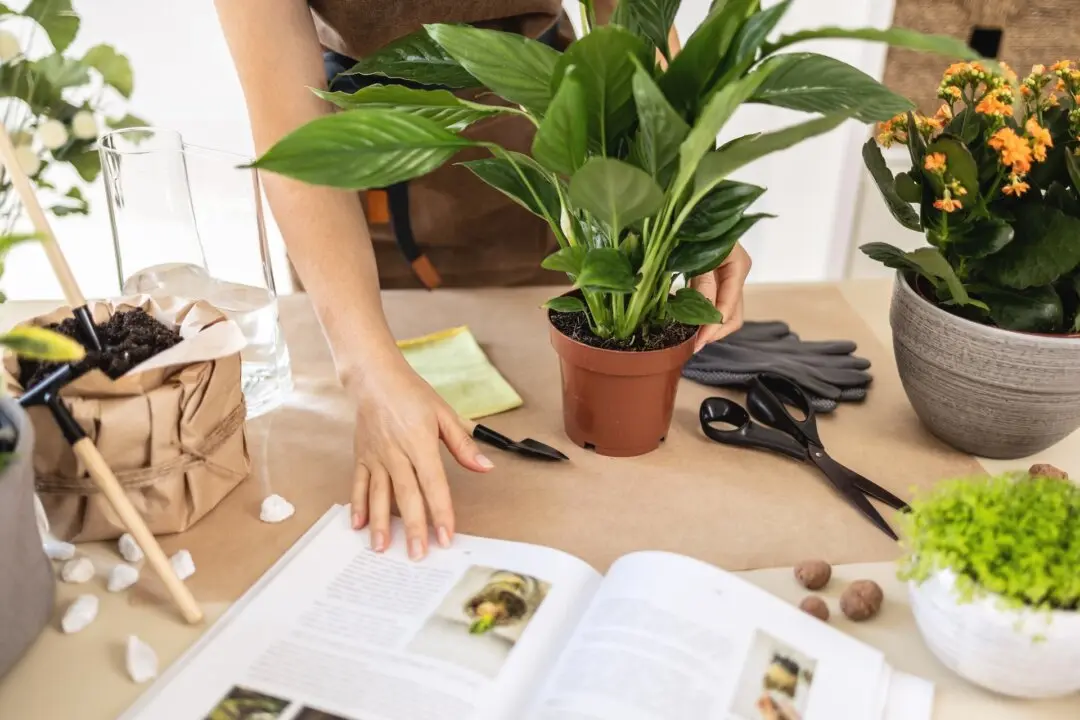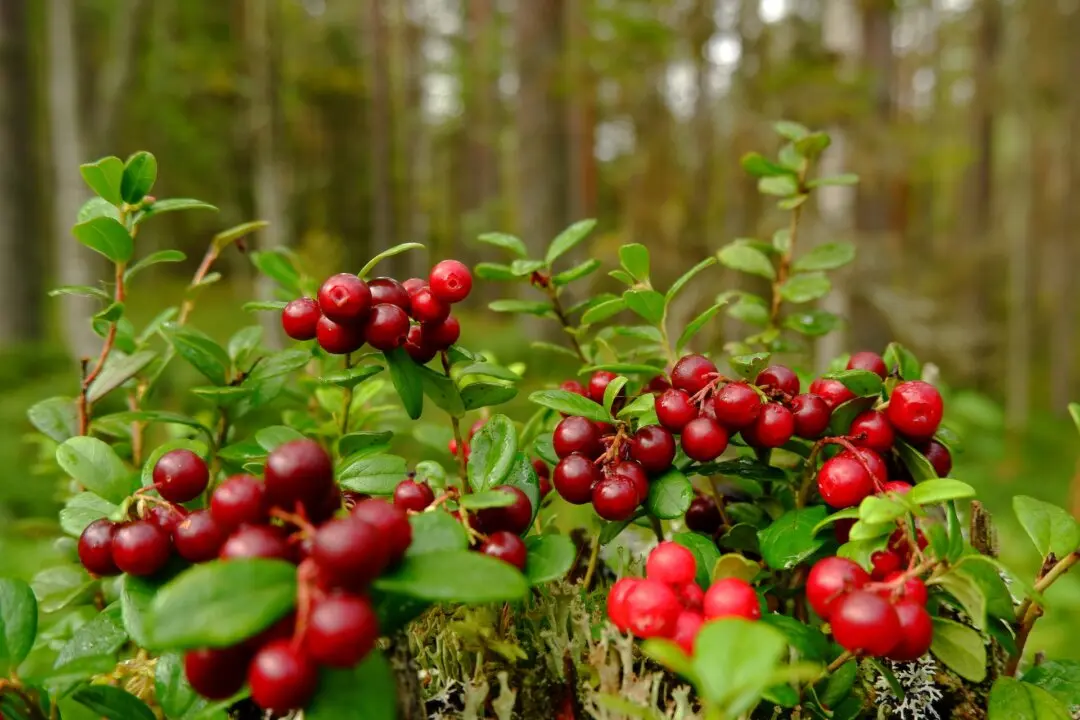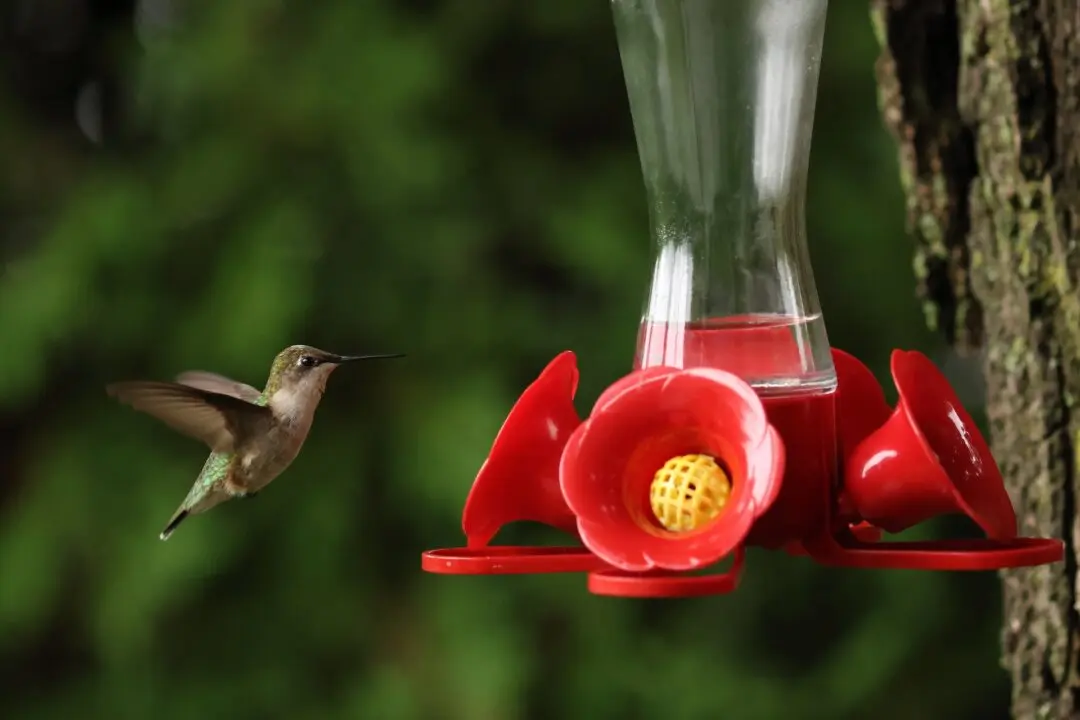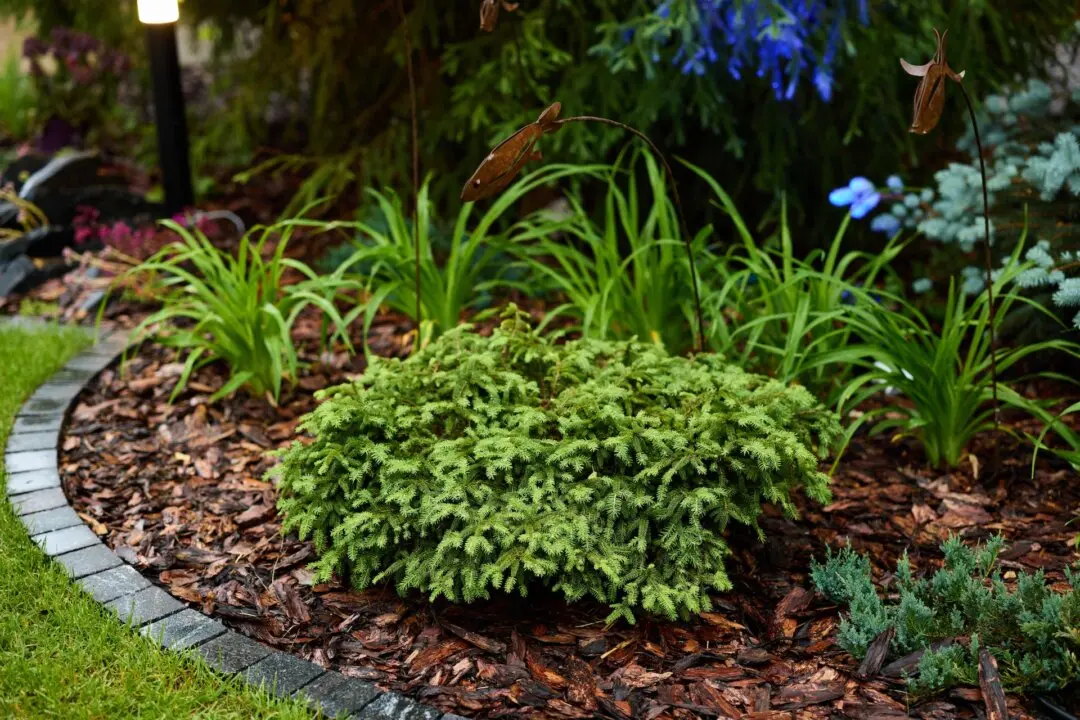Question: My geraniums grew really well this summer and I have some pretty ones that I want to keep for next year. How do I go about doing this? I heard that they can be dug up and hung upside down for the winter.
Answer: There are several kinds of geraniums, including some that are perennials that survive without coming indoors, but I assume you mean the Zonal Geranium that has a slightly two-toned leaf and a big cluster of flowers on the end of a stalk. These plants grow in a dry and warm Mediterranean climate. They can’t survive being frozen, but they can survive months of dry, cool weather without much water.





